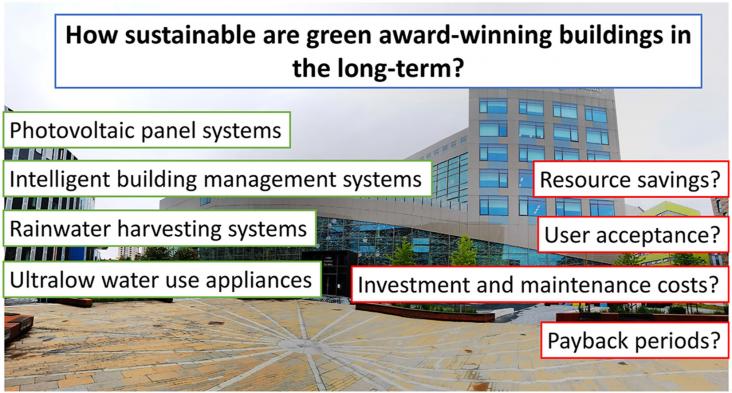
Two green gown award winning buildings, built in 2004 and 2017, were investigated. Features include rainwater harvesting, sensing and photovoltaic panel systems. Sustainability features delivered only 28–71% of their potential resource savings. The performance gaps were due to technical, human, and economic factors.

Mobility as a Service (MaaS) is a recent concept that is gaining momentum in both the scientific world and the private sector.

A growing number of governments are pledging to achieve net-zero greenhouse gas emissions by mid-century.
Mitigating and adapting to climate change requires decarbonizing electricity while ensuring resilience of supply, since a warming planet will lead to greater extremes in weather and, plausibly, in pow
This article examines the trade-offs between industrial development that benefits indigenous peoples economically and the environmental and other harms that result.
Recommends ways to make daily travel safer for women.
As evidence of the health impacts of transportation investments has grown, planners have increasingly used health impact assessments (HIAs) to evaluate transportation plans, projects, and policies.
This paper cautions that the adoption of electric vehicles with the aim of reducing greenhouse gas emissions must balance that beneficial effect against increased water consumption. It recommends battery electric vehicles charged by solar energy as the best solution.
By analyzing the impact of both public water supply and water handling containers, this paper makes an important contribution to the literature regarding the effectiveness of water supply programs based on the following related outcomes: objective and subjective water quality at the source and Point-of-use (POU), POU water treatment, water transport and storage behavior, and uptake of new, improved water points.
Both subterranean rivers and groundwater sources can offer considerable contributions towards potential summer cooling of London Underground stations, while also having significant environmental and economic advantages relative to alternative refrigeration techniques.
